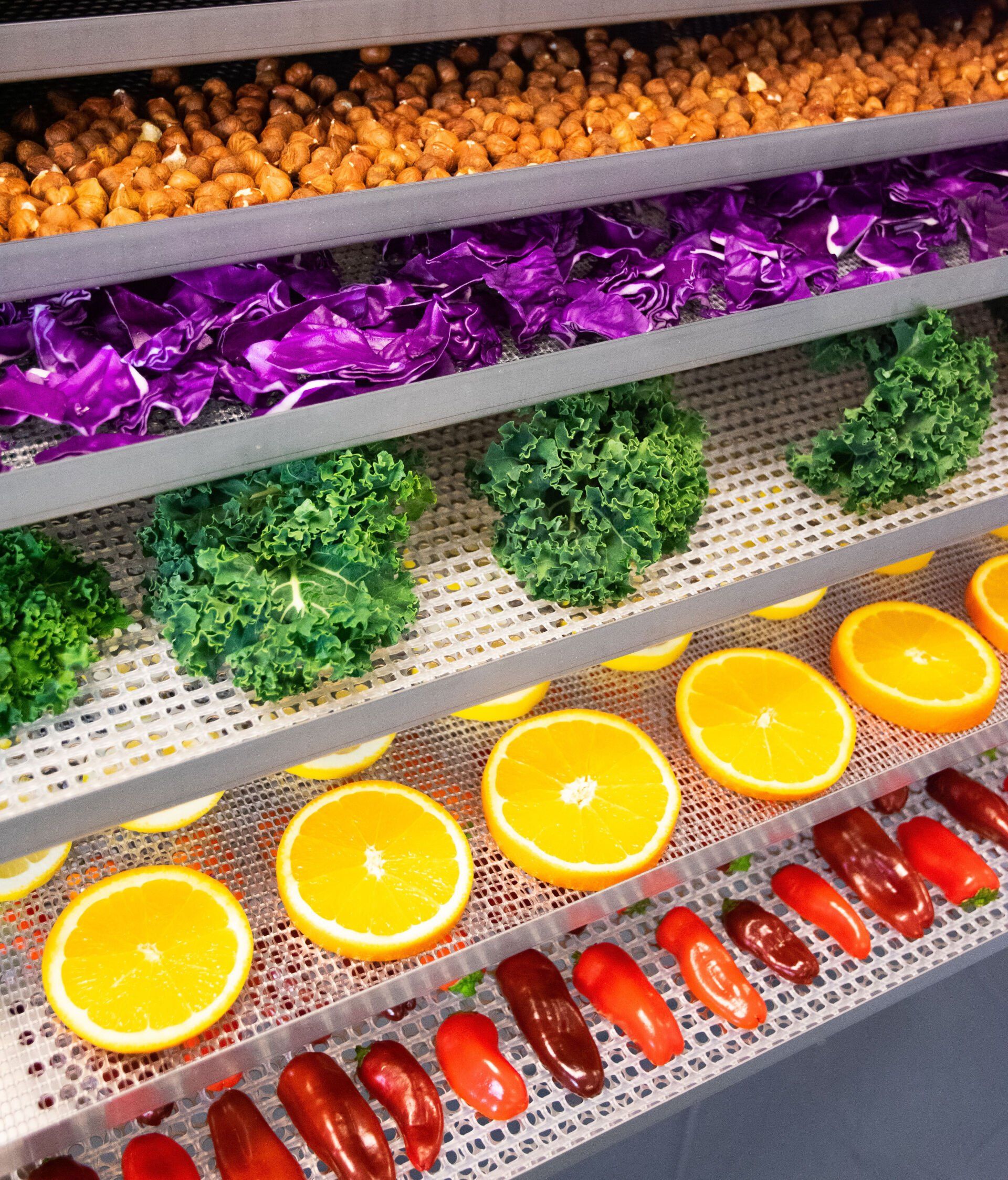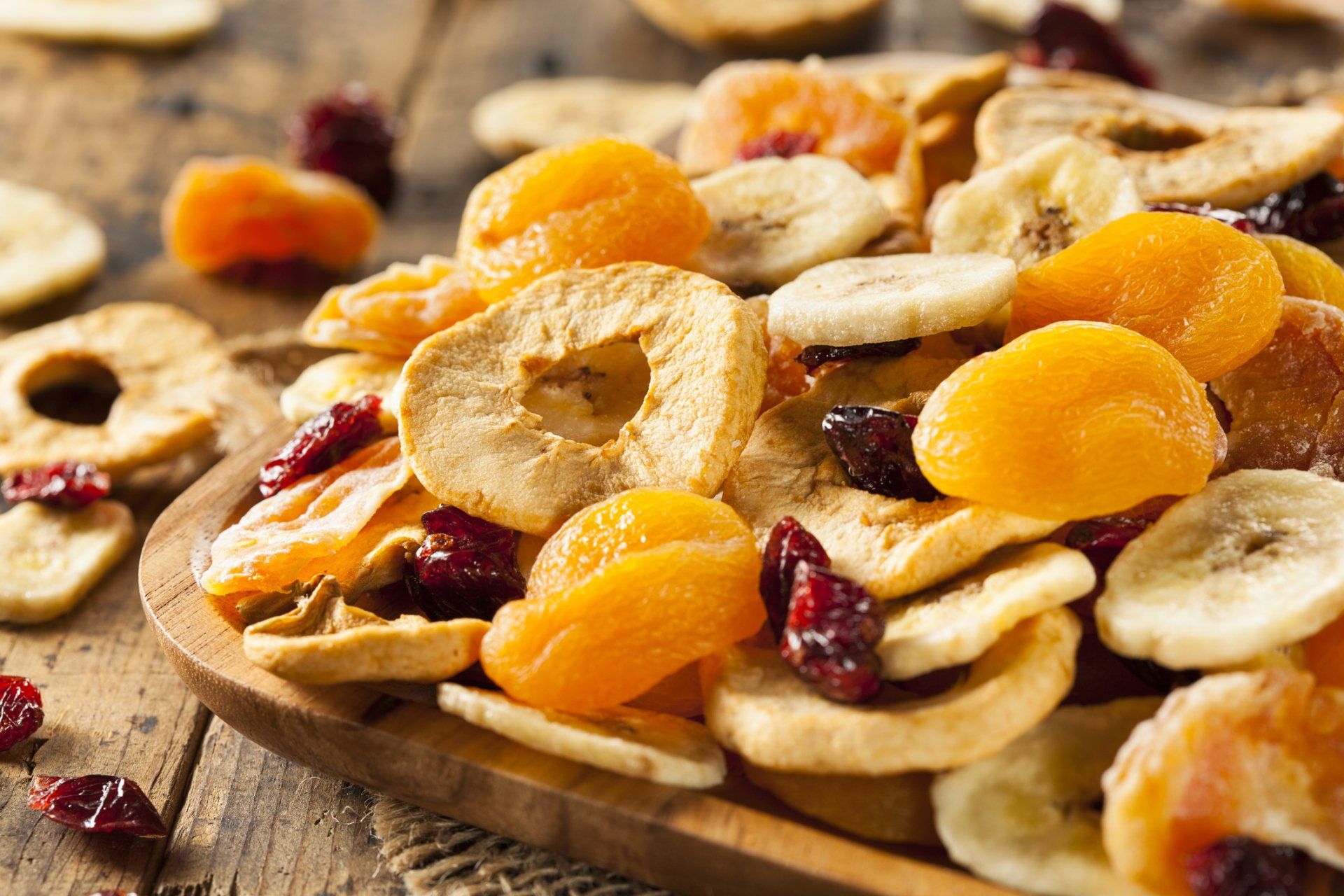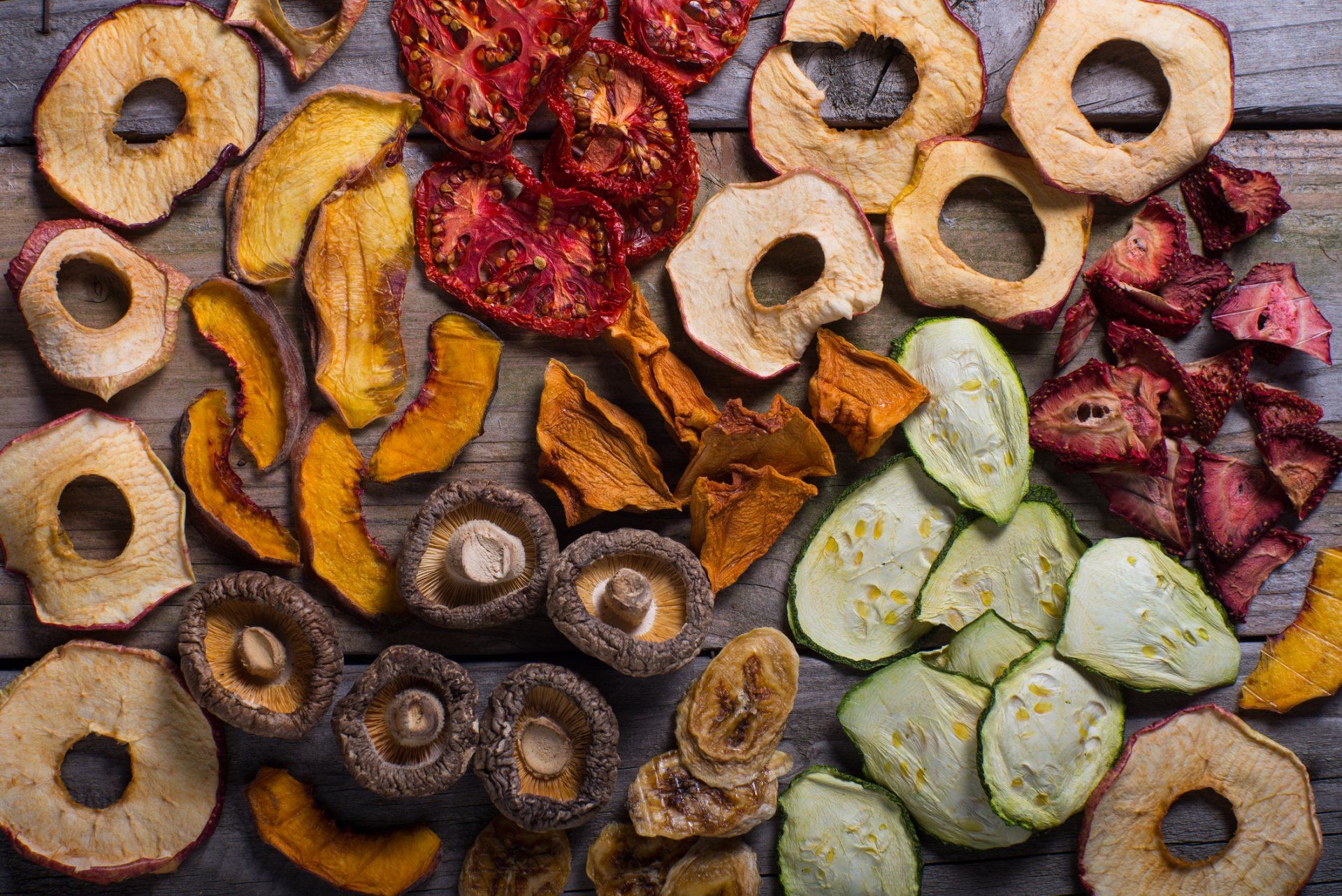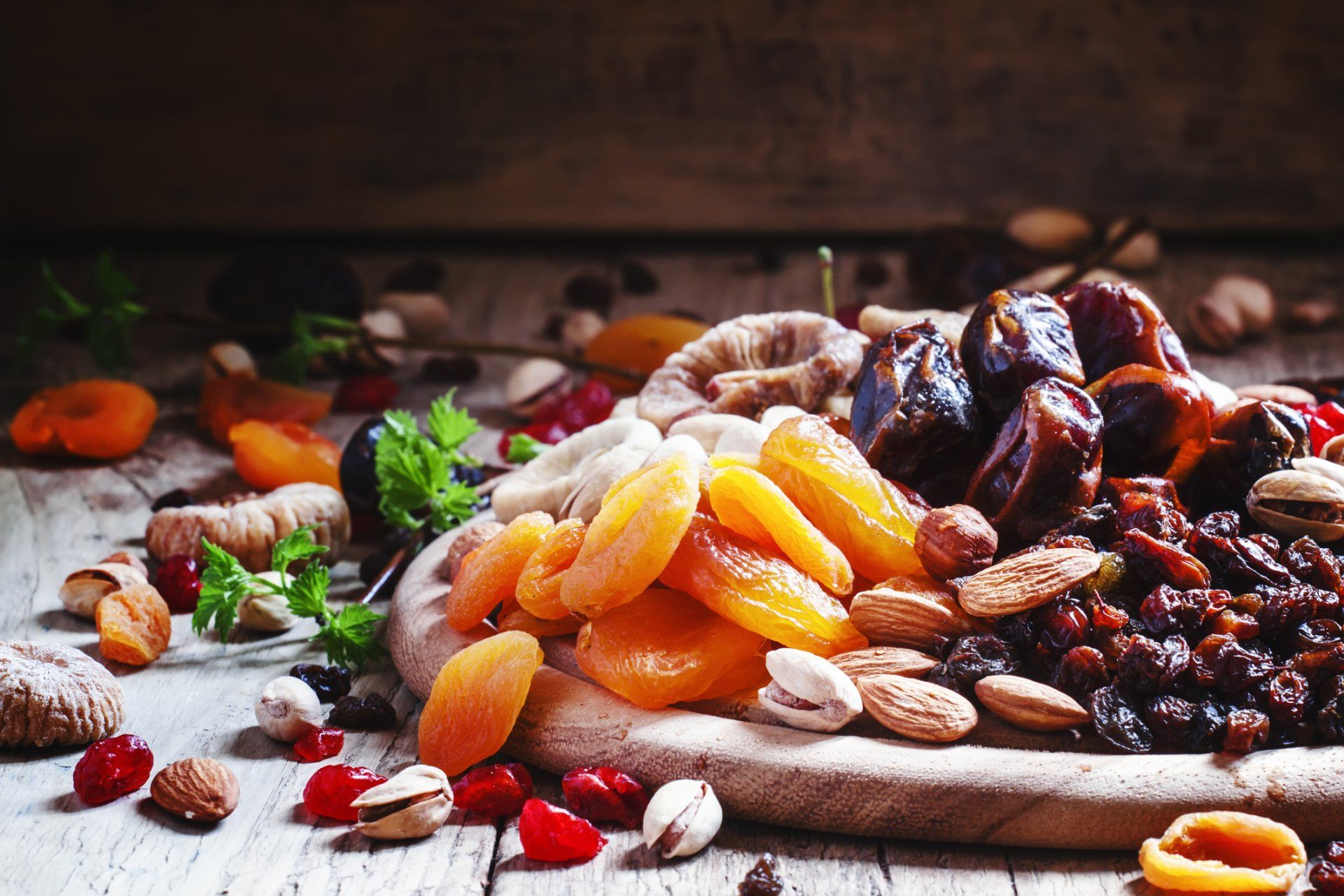DEHYDRATION 101
While the design and craftsmanship of a Commercial Dehydrator are crucial, its success ultimately hinges on the operator's expertise. This introduction serves as your gateway into the expansive world of dehydration, stripped of complex scientific terminology.
Below, you'll discover insights into the physics of dehydration, learn the critical Four Phases of Dehydration, grasp how to enhance production, and understand how to troubleshoot common issues. Remember, dehydration blends art with science, encouraging experimentation as you refine your technique. For personalized guidance and any queries, the Commercial Dehydrator Systems team is just a call away, contact us.
HISTORY OF DEHYDRATION
Why do we dry food? - Dehydration technology, with roots thousands of years old, evolved significantly post-industrial revolution, marking the creation of the "Natural Draft" dehydrator in the early 1900s. This early model used artificial heat from a fire and an innovative airflow system but was prone to fire hazards. Subsequent advancements led to the development of more sophisticated dryers with small fans and improved safety features by L.N. Miller in the early 20th century. By the 1960s, UC Davis scientists introduced the "Tunnel Dryer," a precursor to modern drying technologies still used today. Commercial Dehydrator Systems, Inc. continues this legacy, advancing dehydration technology into the future.

Four Key Phases of Dehydration
Raising Core Temperature
In the initial phase of dehydration, called "Raising the Core Temperature," the goal is to warm the product quickly to a temperature that is 10 to 20 degrees Fahrenheit below the process air temperature. This stage is critical for efficient dehydration without damaging the product, as overheating can lead to issues such as cooking, stewing, or case hardening. It's important to manage the heat application carefully, as humidity begins to build within the product, though it doesn't start releasing yet.
Rapid Dehydration
In the second phase of dehydration, known as "Rapid Dehydration," moisture is released from the product rapidly. To optimize this process, controlling the humidity inside the dryer is crucial. The process air at the hot end should maintain a humidity level of 12 to 18%, facilitating dehydration while protecting the product's exterior. As the air moves through the dryer, humidity increases at the cooler end, potentially reaching 35 to 50%, depending on the moisture released. It's important to note that each type of product may require specific adjustments to these conditions.
Transition
The third phase,
Transition, is crucial for monitoring potential damage to the product. After the rapid moisture loss of the second phase, this stage sees a significant slowdown in moisture release, with most of the water already evaporated. Now, moisture is primarily driven off through capillary action at the cellular level. With less evaporative cooling, the product's core temperature approaches that of the process air, increasing the risk of case hardening, cooking, or even caramelization. This phase requires careful control to prevent damage.
Bake Out
The fourth phase, "Bake Out," involves a slow and gradual reduction in moisture content, often constituting over half of the total drying time. This final phase is the lengthiest, where removing each additional 1% of moisture becomes increasingly challenging. There's still a risk of caramelization, so it's important to frequently test and monitor the product as it nears the desired dryness. Proper documentation of dwell times is crucial to avoid overdrying or damaging the product.
Wet Bulb, Dry Bulb
How humidity impacts heat
Understanding the difference between dry heat and wet heat is crucial when discussing temperature. Dry heat, or dry bulb temperature, refers to air temperature without considering moisture. Wet heat, on the other hand, involves moisture levels, which can be measured using wet bulb temperature; a method involving a thermometer wrapped in wet muslin. This measurement is crucial for effective dehydration, where initially allowing some humidity in the cabinet aids in raising the core temperature, followed by reducing humidity to a safer range (12-18%) to enhance the drying process efficiently.




